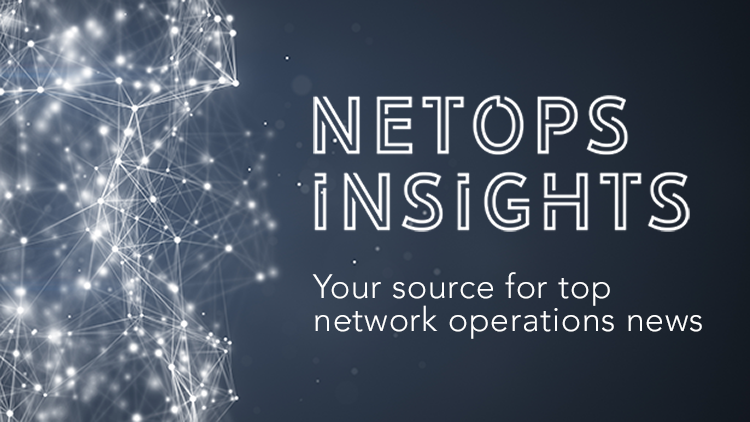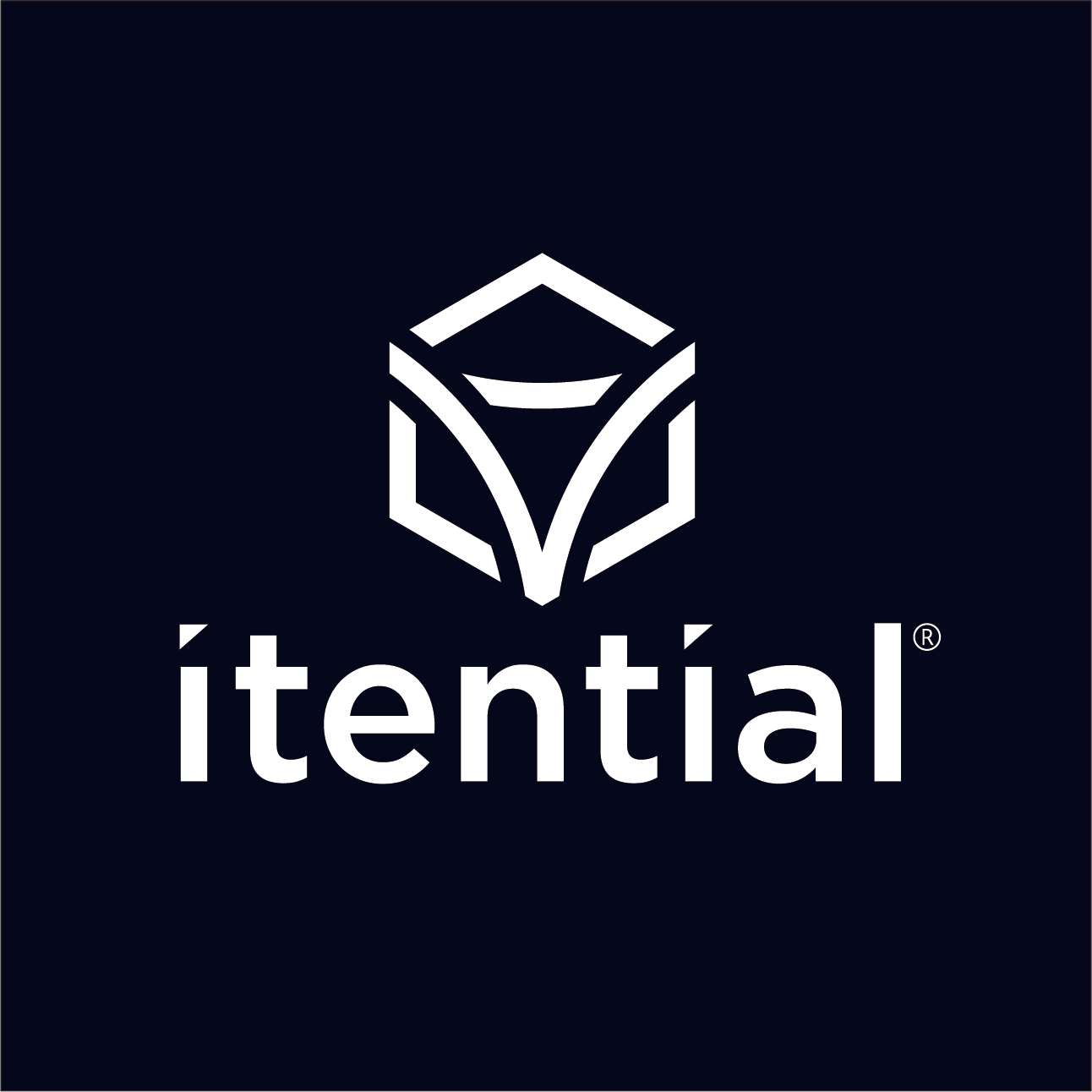5G, Top Ten Features For SD-WAN & NCCM vs. Automation

Week of August 4th, 2019
How 5G Networks Can Pave Way For Long-Promised Industry Strides
Many new capabilities are on the horizon with 5G connectivity: 5G networks in vehicles and alongside roads will let autonomous cars and trucks see road far ahead of them, overtake safely and avoid obstacles. Robotic surgery will likely become more widespread. And that’s not all.
NCCM Does Not Equal Network Automation
Today’s complex network infrastructures include a multitude of edge devices such as switches, routers, firewalls, load balancers, and more. Effective management of the network in a holistic manner is crucial for business continuity. Regardless of the network size, configuration changes to infrastructure components based on business and technical requirements is inevitable.
Top Ten Features To Look For In An SD-WAN Solution
Eager to embrace digital transformation, many organizations are turning to software-defined WAN – and it’s easy to understand why. SD-WAN simplifies the management and operation of a WAN, reduces network complexity, increases network visibility, and leverages lower-cost Internet connectivity. But in today’s crowded SD-WAN market, it can be challenging to know what to look for in a solution. Here’s how to ensure your SD-WAN solution provides a balance of quality, security, and value.
Itential Streamlines Enterprise Network Automation
According to Enterprise Management Associates, more than 60% of enterprises still utilize an ad-hoc manual and reactive script-based approach to automation. In an effort to help solve this, Itential launched its Automation Gateway network automation service that simplifies network automation by seamlessly integrating with customer’s existing solutions and scripts. The product includes support for scripts written in Python, C, Bash, Perl and Ansible Playbooks that can be converted to APIs and managed from within the Itential product.
How To Establish Enterprise Requirements For DevOps
Privileged account and credential compromise is at the root of virtually every major cyber attack today. While most security teams have established enterprise requirements for securing privileged credentials in traditional IT systems such as Windows for human identities and applications, securing DevOps and cloud based environments too often lags behind. As organizations accelerate digital transformation initiatives, these requirements must extend to DevOps, cloud and non-human identities. The challenge becomes how can the security team help make this happen?
Experts Attempt To Explain DevOps–And Almost Succeed
What is DevOps? How does it relate to other ideas and methodologies within software development? Linux Journal Deputy Editor and longtime software developer, Bryan Lunduke isn’t entirely sure, so he asks some experts to help him better understand the DevOps phenomenon.
Relentless Automation: The Roadmap To Success
As digital transformation continues to shape organization-wide initiatives, CIOs are recognizing the benefits and value of automation in reducing errors and process variability, leading to lower operating risks and faster execution and innovation. In fact, according to Gartner’s recent report, by 2023, 40 percent of I&O teams will use AI-augmented automation in large enterprises, resulting in higher IT productivity.
Why This Cloud Expert Says Successful DevOps Is A Marathon, Not A Sprint
DevOps, a portmanteau of “development” and “operations,” is a system of combining technologies that increase automation, collaboration and rapid iteration to drive measurable ROI for a host of organizations, including software developers, startups and established enterprises. Improving development by increasing team efficiency seems straightforward and simple enough but, in practice, it’s a complex art that few do best. Those behemoths – Amazon, Netflix, Target and Adobe, to name a few – attribute their domination to DevOps.
Fujitsu: State Of Digital Transformation Is…Mixed
According to the Fujitsu Future Insights Global Digital Transformation Survey Report 2019, nearly 90 percent of companies in a recent survey are already deep into their digital transformation efforts. While the survey did find broad movement toward digital transformation, there existed wide differences in the progress of transformation across industries.
DevOps, C++ & Python Most In Demand Job Skills
DevOps, C++ & Python are indispensable skills in tech, showing a huge year-on-year growth as well as continued dominance in terms of what employers want. However, there is also a trend that more and more digital skills are demanded from those working in non-IT positions as well.
Q&A: Accelerating Cloud Adoption With DevOps And Automation
Nigel Kersten is vice president of ecosystem engineering at Puppet. Last week Techerati sat down with Nigel to discuss how DevOps and automation are forcing companies to rethink their move to the cloud. Read the Q&A to learn how to exploit DevOps approaches while avoiding common mistakes.
SD-WAN In India: An Intelligent Guide On Adoption Of Future Network
The emergence of transformational technologies, such as software-defined wide area networking (SD-WAN) and the rapid take-up of cloud services are enabling enterprise to adapt new practices and develop new capabilities to succeed in the digital world. According to Gartner’s latest forecast, India’s IT spending could reach $89.2 billion in 2019, an increase of 6.7 percent from an estimated $83.6 billion in 2018. Internet growth in India is fastest in the world and with a huge surge in demand to adopt cloud services, Indian businesses are evolving their networks to keep pace with the outside world.
Securing DevOps Is About People And Culture
Security teams have long had the reputation of being “out of process” — that they add requirements, complicate processes, and disrupt DevOps. These preconceived notions and divisions make building security into the software development life cycle an uphill battle for many organizations. Perhaps it is possible that the solution to securing DevOps lies in reframing how we look at the problem.
Automation Is A Cybersecurity Force Multiplier For Today’s Complex Networks
Hackers are getting ever more sophisticated with their attacks, while on the other side of the fence, the networks themselves are becoming even more expansive. Today, breaches can start at nearly any point in the chain of communications, and they are becoming more common and more destructive. But because old school attacks don’t go away either, IT security teams also need to keep up with traditional cyber protections, such as the boring and often-overlooked patching of software vulnerabilities. The answer for a lot of organizations is automation, which can take the load off of staff members while efficiently performing necessary, if sometimes monotonous, cybersecurity tasks.
